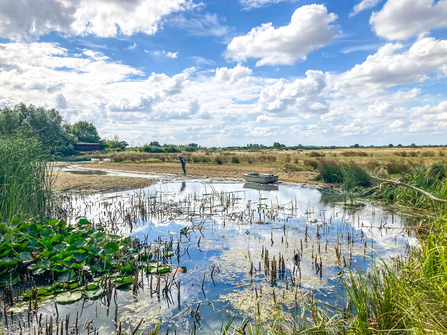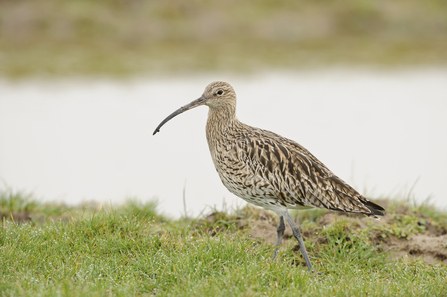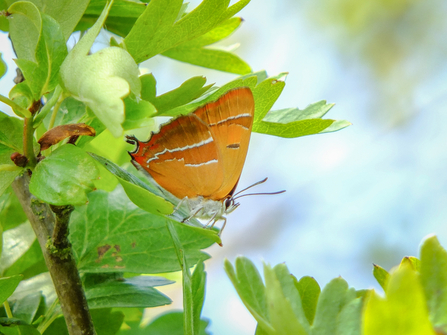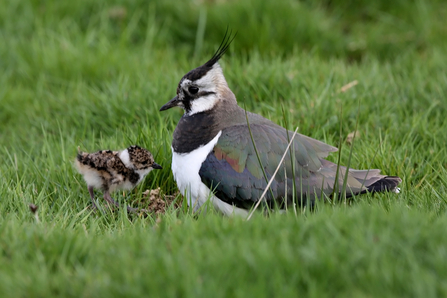Berkshire, Buckinghamshire & Oxfordshire Wildlife Trust (BBOWT) is creating bespoke habitat for endangered curlews and other birds at its Gallows Bridge Farm nature reserve.
The charity also making the site more accessible and putting up new educational display boards to attract more visitors to the avian haven near Bicester.
The project, which will also benefit other ground-nesting birds such as skylarks, meadow pipits and yellow wagtails, has been made possible by a grant from the FCC Communities Foundation and numerous donations from individual BBOWT supporters.




